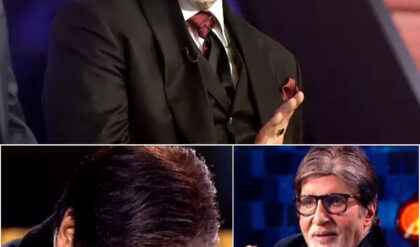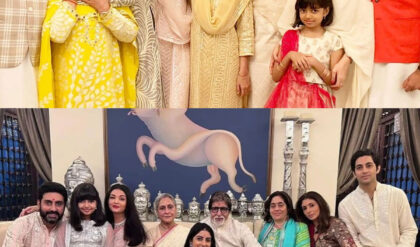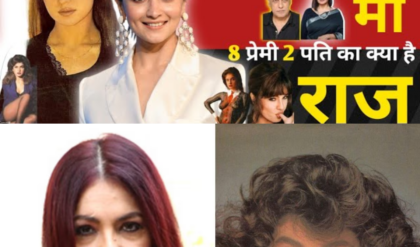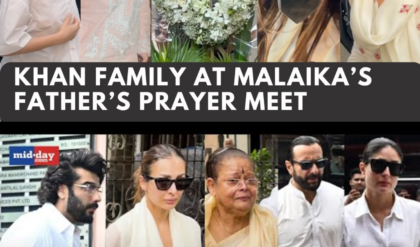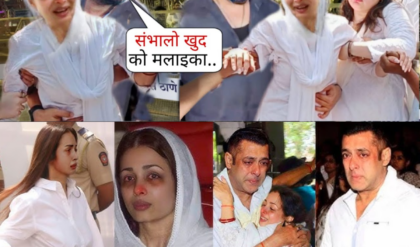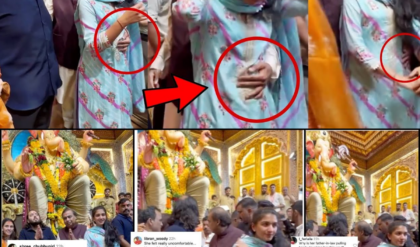The price of gold will seemingly be sustaining a much-awaited dip. But does the modern-day bride care all that much about this anymore?
The Union Budget 2024-25, slashed the import duty on gold from a hefty 15 per cent to just 6 per cent, something that motivated a significant drop in its price by nearly ₹4,000 per 10 grams. While undoubtedly great news for those looking to invest in the precious yellow metal, this happy development would have had a much more voracious reception, say a decade back. Why? Say hello to the modern-day bride.
 A modern-day bride in red, sans the gold(Shutterstock)
A modern-day bride in red, sans the gold(Shutterstock)
For centuries, gold jewellery has served as a cornerstone in Indian weddings. The relevance of gold in a bride’s trousseau, and on her being as she ties the knot, gains its gravitas not just courtesy of the costly price tag, but also generations worth of spiritual beliefs and safekeeping efforts. Gold is directly equated with Lakshmi, the goddess of wealth and prosperity, and is hence seen as representative of the (literal) good fortune a bride brings to her marital home. The tradition of wrapping daughters in gold on their wedding day is also rooted in the complicated history of the evident disadvantage women found themselves at when it came to property rights. The cumulative impact of these evolving scenarios is what essentially quantifies gold as a significant part of ‘streedhan’. Despite this, bridal gold is affirmatively waning as a concept. But what appears to have changed? Lots apparently.
Cost effectiveness vs sentimentality
Stereotypically, Indian weddings are big. Gold fits the bill. Pun intended. For most of our mothers and grandmothers, their wedding jewellery came with its own set of lore, the sentimental value attached to it being unparalleled. Essentially part of a daughter’s inheritance from her parents, in many cases, the set one got married in represented either a once-in-a-lifetime investment or a generation-treading gift. However, the definitive rise of the career woman has significantly altered the kind of sentimentality associated with wedding jewellery. A thoroughly dressed bride
A thoroughly dressed bride
Meant to make a statement, wedding ornaments usually don’t tread subtle waters. That being said, today’s bride is practical. Word of caution to the OG traditionalists, this isn’t a bad thing. Bride-to-be and Lifestyle Editor at a leading media house, Akanksha Arora, 26, acknowledges being spoilt for choice. “Yes, it’s true that with gold comes sentiments and regality like nothing else, but in today’s time we are flooded with options”, she says. Practicality and sentiments can in fact go hand in hand, and the big splurge doesn’t necessarily need to be gold-coded. She further reasons, “As for investment purposes, if not gold, I think Polki does the job. It is made with high-quality materials and craftsmanship, and can be passed down from generation to generation”.
 An elaborate Polki set
An elaborate Polki set
The evolving nature of sentimentality also stands demonstrated by the fact that wedding jewellery is no longer meant to sit in cupboards and lockers, waiting to be passed on. Architect and winter bride-to-be Mallvika, 31, speaks about having her South Indian jewellery set meticulously customised with a modern finish, so as to offer her as many chances as possible to flaunt her indulgence, potentially even with work-wear. Smart, we say.
Does gold fit the modern-day bride’s aesthetic?
Happy brides make the prettiest brides and the key to cracking that million-dollar smile is remaining authentic to oneself when weaving a wedding mood board. Red and gold may have been the frontrunner of the ages, but each passing wedding season appears to be spelling out a significant reduction in this combination’s appeal. One thing the modern-day bride absolutely refuses to be, is templated. The biggest indicator in this regard is the boom of pastel palettes and off-beat hues for wedding ensembles. Pinks, ivories, beiges and even greens and blues are taking centre stage like never before. Gold sadly, more often than not, sticks out like a sore thumb on these palettes, not really allowing much scope for versatility when it comes to zeroing in on one’s wedding aesthetic.
 A bride in white and green
A bride in white and green
Mallvika for instance, has the bigger picture on her mind. It’s not just about the pheras after all. With the long lineup of functions that a big fat Indian wedding entails, diamonds, especially lab-grown ones, are a much more enticing option. She expresses how diamonds provide a much chicer look as compared to gold, which may on some occasions come off looking gaudy. Mallvika also believes it’s all about striking the perfect balance. While she doesn’t mind receiving compliments on her jewellery, she wants her D-Day moment to be about her and not necessarily who and what she’s wearing.
 Diamond jewellery(Shutterstock)
Diamond jewellery(Shutterstock)Journalist at a leading media house and 2023 bride, Mahima Ahuja, tied the knot in all-red. However, what sat pretty on her neck was a statement Polki and emerald set. When asked ‘why not gold’, Mahima explains that there’s a method to the madness. “Red and gold is good, but red and green just looks better — colour theory”, she says. Doubling down she adds, “It doesn’t really go with the mood board anymore. Yellow gold is classic, but white gold is classier”.
 Polki and emeralds(Shutterstock)
Polki and emeralds(Shutterstock)
Even for the maximalist brides who aren’t really sold on pastels, the horizons have exponentially expanded when it comes to ornamental regalia. Akanksha explains, “For instance, there are gemstones which look stunning with golden lehengas, which is the go-to cocktail night look for every bride in today’s time. Jadau necklaces stand out as premium pieces. Not only are they exquisite but can also enhance the look of your lehenga”.
Do brides still want to invest in gold?
If it wasn’t already clear, women are no longer investing in jewellery from the perspective of just being brides. They acknowledge it as a proper asset and want to make decisions keeping their long-term financial goals in mind. While the output of this of course varies from bride to bride contingent on their purchasing power, the final takeaway in this debate is how the changing nature of sentiments and priorities coupled with an abundance of options, no matter their budget, has given the modern-day bride significantly more agency when it comes to investing in trousseau-defining pieces. While it all does eventually boil down to affordability, gold seemingly still enjoys a soft-spot in the hearts of brides. A specimen of Temple jewellery(Shutterstock)
A specimen of Temple jewellery(Shutterstock)
Though Mahima may not have gotten married in gold, she finds it to be a prime pick for the days following the wedding. Having invested in a few pieces of her own, she is still very much a fan of the traditional touch it can add to an otherwise everyday look, complimenting her newly-married glow. Simple gold jewellery(Shutterstock)
Simple gold jewellery(Shutterstock)
Akanksha on the other hand says, “In a country like India, where a wedding is more like a status symbol, gold plays a major role. I think, even the brides today, prefer to invest in gold. And as should be the case, not just for brides but everyone who is financially independent. As for me, I would 200 per cent prefer investing in gold jewellery more than I would spend in my wedding functions. Nothing pays better than a gold investment. The financial security and liquidity that gold offers is what makes it an all-time favourite in the bridal segment.”
Passé then, or timeless — how would you categorise bridal gold?
